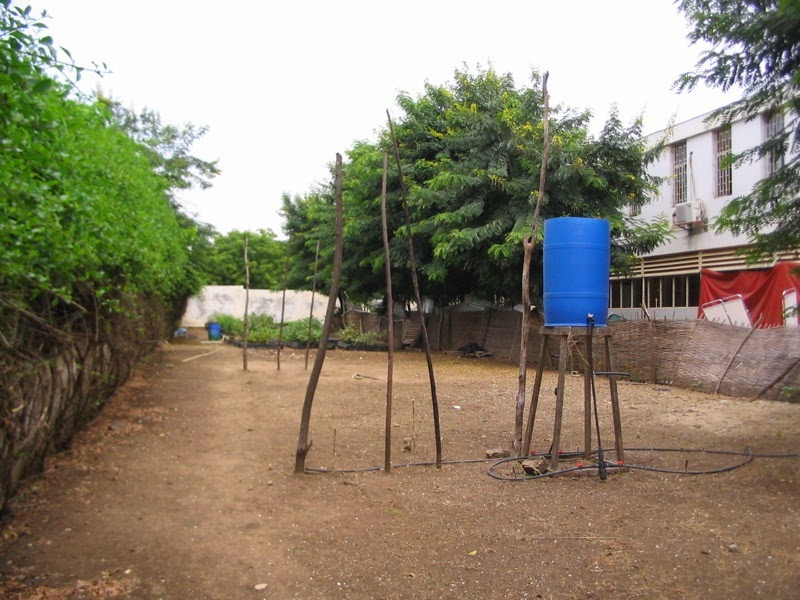One of the hardest things about my challenge to Live Below the Line for Development in Gardening (DIG) is trying to get creative with the materials I purchased. Brown rice, regular and sweet potatoes, a fairly uninteresting frozen vegetable mix, black beans, and some other staples don’t provide much pop when you’re eating them every day. I would have loved to have bought a little avocado, some limes, a little ginger, some mango, but I knew if I purchased any of these instead of the staples I wouldn’t make it through the week.
I’m sure that someone with a more creative “chefs” mind could do wonders with my ingredients, but for me it will be a challenge to not get bored before Friday.
Bigger than food boredom is the real challenge of food diversity. Dietary diversity has been used as an indicator of nutritional adequacy for a long time. The recommendation to eat diverse types of food is an internationally accepted recommendation for a healthy diet. It is believed that people who consume diverse diets are more likely to meet their requirements of essential nutrients. Several studies have shown that diverse diets are accompanied by positive health outcomes and indicate more food secure households. In fact, one of DIG’s measurements of success is to understand the impact we are having on household food diversity.
The inability of people living below the poverty line to obtain access to enough diverse foods for an active, healthy life is an important component of their poverty.
For this challenge, I think I shopped smart. I covered my bases and squeezed in all the food groups. I think I’ll have enough to last the week without any major nutritional holes. But I’m only doing this for 5 days and I don’t have to portion that $1.50 out for anything else like medical and school supplies. There are 1.2 billion people around the world doing this challenge every day, every week, every year and their plates don’t look nearly as diverse as mine.
When Steve Bolinger and I started DIG back in 2006, it came from a direct reaction to Steve’s work in the US Peace Corps. As a volunteer, Steve had planted a garden at the infectious disease ward of the Fann National Hospital in the capital of Dakar. In partnership with Dr. Pape Salif Sow, the head doctor there, their aim was to improve the dietary diversity and thus nutrition of Fann’s patients living with HIV. At the time the patients were only consuming a little oily rice and an occasional portion of dried fish. There was no money to do any more and most of the patients’ families didn’t have the financial resources to do any more either.
It’s well known that someone who is HIV positive has a heightened need for a healthy diverse diet. HIV attacks the immune system, and one of the best ways to strengthen that system is to consume plenty of fruits and vegetables. Because poverty was the biggest factor here, Steve responded by planting an inexpensive vegetable garden behind the hospital. Still today it produces hundred’s of pounds of produce every month that goes directly into patient meals. This garden has changed everything. Patients stay on their medications, they heal faster, stay healthier longer and the hospital has been internationally recognized for its garden.
While I will struggle to get creative with my food flavors this week (thankfully I’m not counting the cost of my spice cabinet or herb garden), I am especially aware of those living below the poverty line and their struggle to fill important nutritional holes in their daily diets.
I will never forget the first meal I had in Uganda at the St. Paul and Rose orphanage. The 36 kids were eating meals that looked a lot like the one below, and I was stunned by how little diversity it consisted of. I’m proud to say their plates no longer resemble this shadow of a meal, their garden has changed all that.

Through my work with DIG, I have seen gardens transform plates of beige into bountiful meals of color, and instead of meals that fill the stomach alone, they become meals that nourish the body and the soul.
For many of us, it’s an easy concept to grasp, and a mission I’m deeply committed to. I’m only disappointed that my garden isn’t producing this week as I sure would love a vine ripe tomato, a sugar snap pea or a spicy red pepper.
Support my challenge to Live Below the Poverty Line for Development in Gardening by donating here.





